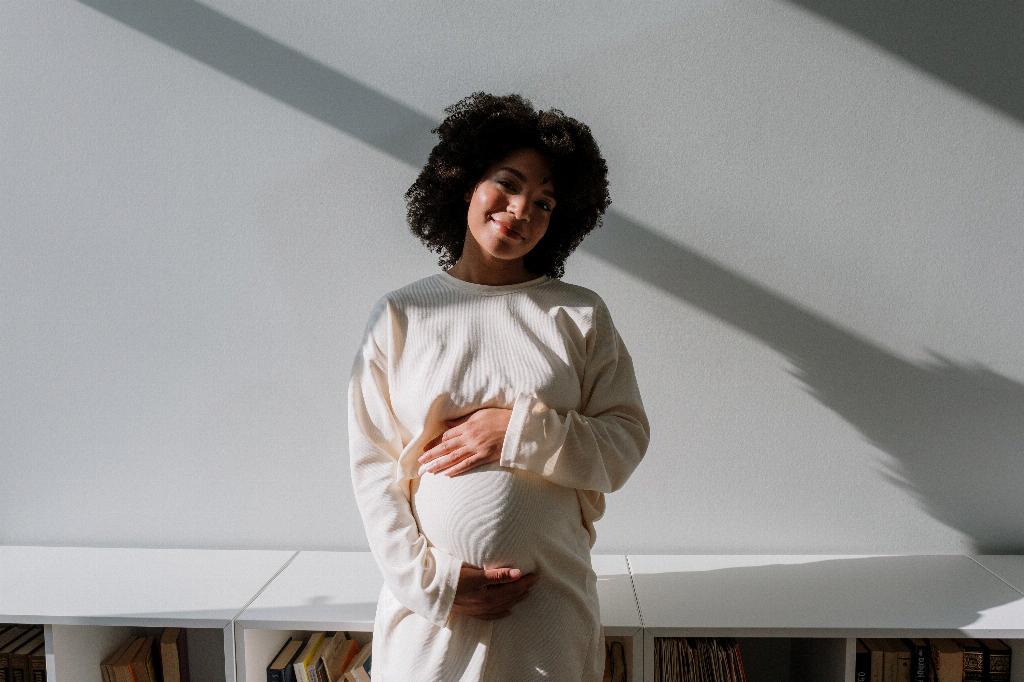When it comes to the position of the pregnancy bump, there are two distinct categories: carrying low and carrying high. Carrying low refers to the situation where the baby bump sits lower on the abdomen, closer to the pelvis, while carrying high implies that the bump is higher on the abdomen, near the breasts.
Possible Reasons for Carrying Low
There could be various factors that contribute to a woman carrying her pregnancy low. One common reason is the presence of loose abdominal muscles, which can occur due to factors like age or previous pregnancies. When these muscles are not as tight, the baby bump tends to be positioned lower.
Impact on Comfort Levels
Carrying low during pregnancy can have implications for a woman’s comfort levels. Some may experience increased pressure in the pelvic area or lower back pain due to the positioning of the baby bump. Finding ways to alleviate discomfort, such as using pregnancy support belts or practicing gentle exercises, can help in such situations.
Appearance of the Baby Bump
The way a woman carries her pregnancy, whether low or high, can influence the appearance of the baby bump. Those who carry low may notice a more protruding bump around the lower abdomen, while those who carry high might have a bump that is more prominent in the upper abdomen region.
Effect on Baby’s Positioning
How a woman carries her pregnancy can also impact the positioning of the baby in the womb. Carrying low may result in the baby settling into a lower position, which could potentially affect the ease of labor and the baby’s alignment for birth.
Relationship to Baby’s Weight
There is a common belief that carrying low during pregnancy may indicate a baby with higher birth weight. While this association is not scientifically proven, some women who carry low may indeed give birth to larger babies.
Maternal Physical Changes
Physically, carrying low can affect a woman’s posture and gait as her center of gravity shifts downward. This change in alignment may require adjustments in movements and activities to maintain balance and prevent strain on the lower back and pelvis.
Medical Considerations
Although the position of the baby bump is a natural aspect of pregnancy, it is essential for expectant mothers to discuss any concerns with their healthcare providers. Monitoring fetal growth, position, and maternal well-being throughout pregnancy is crucial for ensuring a healthy outcome for both mother and baby.
Emotional Aspects
For some women, the way they carry their pregnancy can have emotional significance. Whether they are delighted to showcase a prominent bump or feel self-conscious about their appearance, it is essential to acknowledge and address these feelings to promote emotional well-being during pregnancy.
Postpartum Recovery
The position of the baby bump during pregnancy may also influence the body’s recovery process postpartum. Women who carried low might experience changes in abdominal muscle tone and alignment that could impact the recovery timeline and exercises recommended to regain strength and stability.
Individual Variations
It is essential to remember that every woman’s pregnancy journey is unique, and the way they carry their baby bump is just one aspect of this experience. Embracing individual variations and seeking support when needed can help women navigate the physical and emotional changes that come with carrying a pregnancy, whether low or high.
Conclusion
While carrying low during pregnancy can result from factors like loose abdominal muscles or baby positioning, it is essential for expectant mothers to prioritize their well-being, both physically and emotionally. By understanding the implications of carrying low and seeking appropriate support, women can navigate this aspect of pregnancy with confidence and care.

